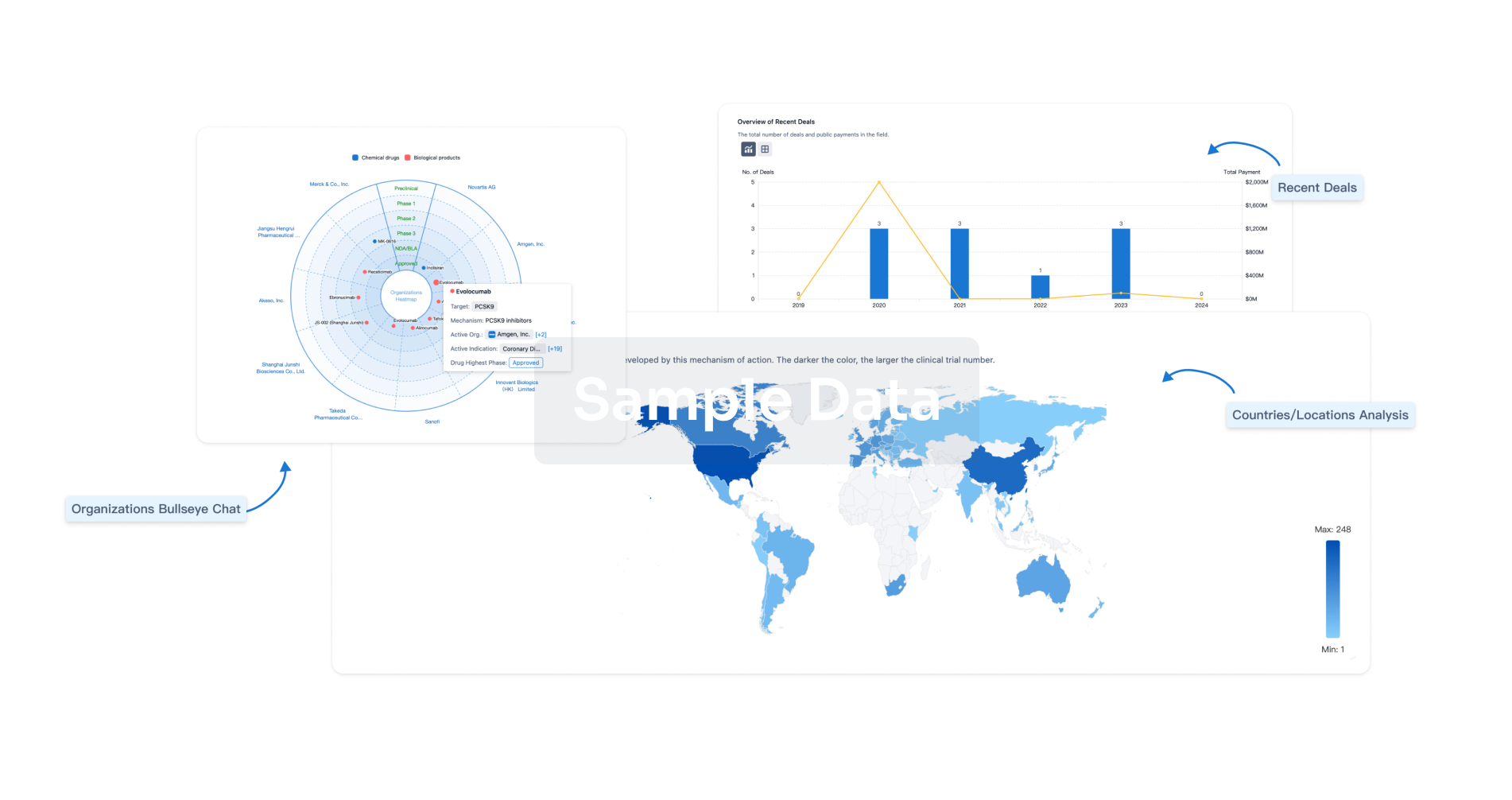Request Demo
Last update 08 May 2025
PrxQ
Last update 08 May 2025
Basic Info
Synonyms bcp, PrxQ, thioredoxin-dependent peroxiredoxin |
Introduction- |
Related
1
Drugs associated with PrxQTarget |
Mechanism PRDX4 modulators [+1] |
Active Org.- |
Originator Org. |
Active Indication- |
Inactive Indication |
Drug Highest PhasePending |
First Approval Ctry. / Loc.- |
First Approval Date20 Jan 1800 |
100 Clinical Results associated with PrxQ
Login to view more data
100 Translational Medicine associated with PrxQ
Login to view more data
0 Patents (Medical) associated with PrxQ
Login to view more data
253
Literatures (Medical) associated with PrxQ01 Mar 2025·Parasitology Research
Molecular identification of a thioredoxin peroxidase in Babesia gibsoni with potential against oxidative stress
Article
Author: He, Lan ; Li, Fangjie ; Wang, Lingna ; Zhao, Junlong ; Deng, Han ; Guo, Jiaying
03 Feb 2025·Tree Physiology
The Trx–Prx redox pathway and PGR5/PGRL1-dependent cyclic electron transfer play key regulatory roles in poplar drought stress
Article
Author: Jiaqi, Song ; Siyue, Qi ; Guangxin, Ji ; Tanhang, Zhang ; Kexin, Wang ; Changjun, Ding ; Hongrui, Zhang ; Zheyuan, Wang ; Jingjing, Xu ; Nan, Sun ; Huihui, Zhang
15 Jan 2025·Journal of Agricultural and Food Chemistry
Integrative Omics and Gene Knockout Analyses Suggest a Possible Gossypol Detoxification Mechanism and Potential Key Regulatory Genes of a Ruminal Lactobacillus rhamnosus Strain
Article
Author: Cao, Zhijun ; Zhang, Fan ; Wang, Weikang ; Li, Shengli ; Wang, Wei ; Chen, Hewei ; Yang, Hongjian
Analysis
Perform a panoramic analysis of this field.
login
or

AI Agents Built for Biopharma Breakthroughs
Accelerate discovery. Empower decisions. Transform outcomes.
Get started for free today!
Accelerate Strategic R&D decision making with Synapse, PatSnap’s AI-powered Connected Innovation Intelligence Platform Built for Life Sciences Professionals.
Start your data trial now!
Synapse data is also accessible to external entities via APIs or data packages. Empower better decisions with the latest in pharmaceutical intelligence.
Bio
Bio Sequences Search & Analysis
Sign up for free
Chemical
Chemical Structures Search & Analysis
Sign up for free
